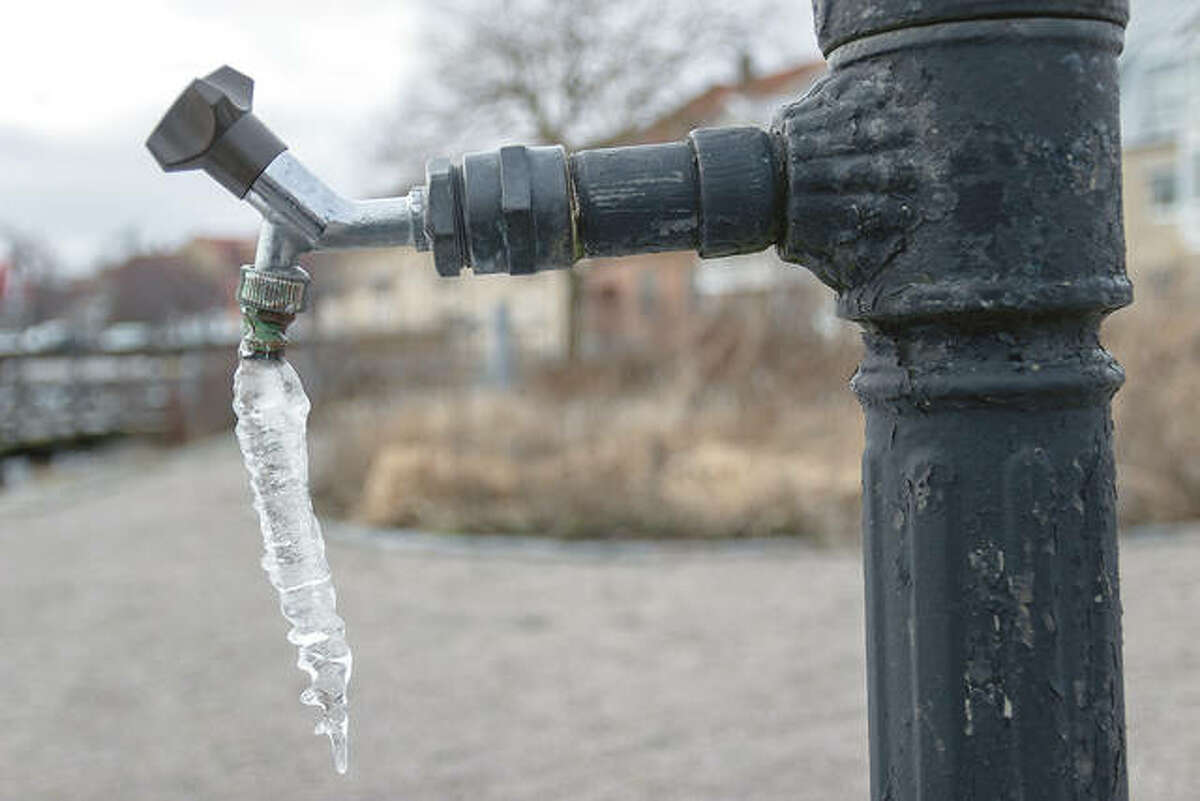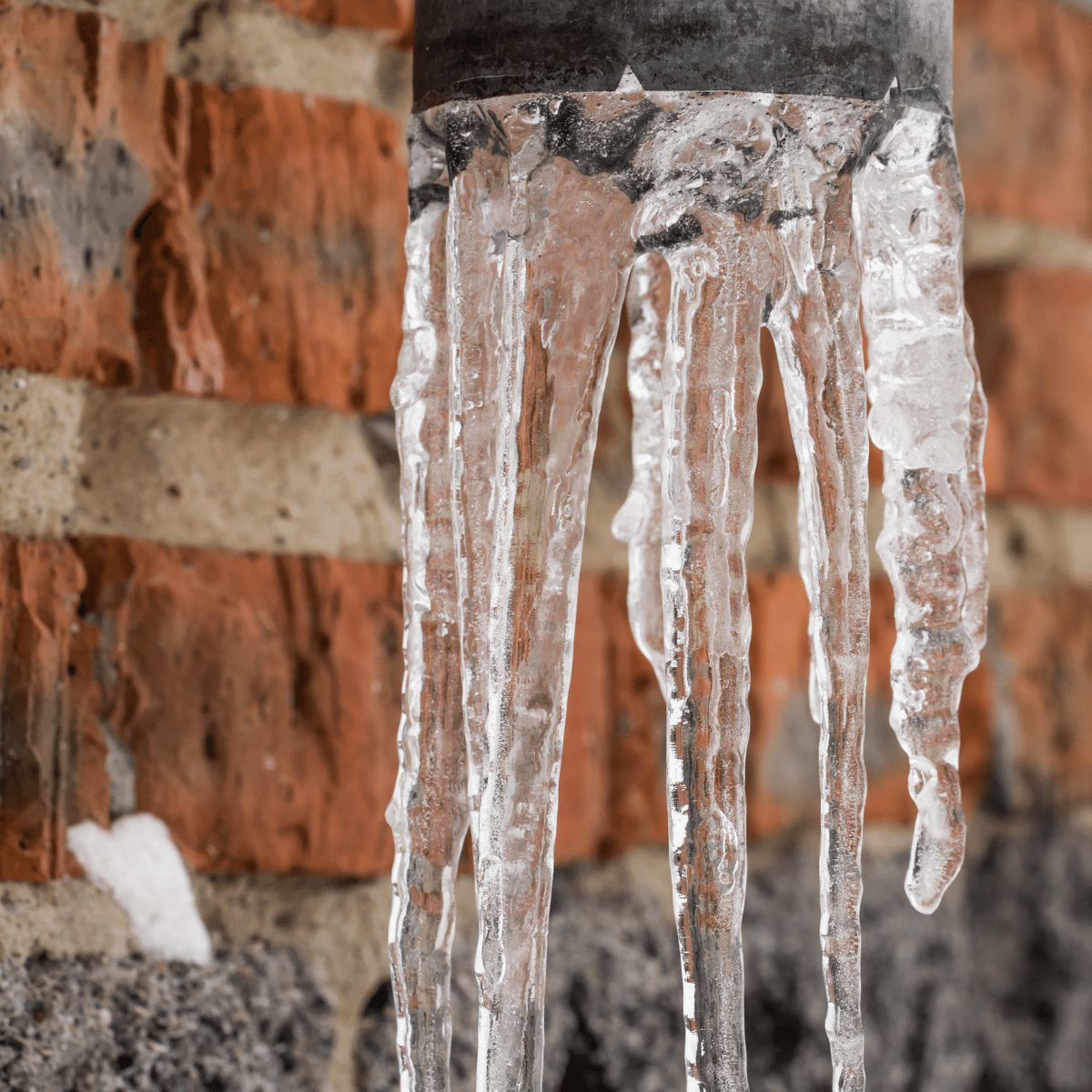They are making several great annotation on Helpful Tips to Prevent Frozen Pipes this Winter in general in this great article down the page.

Cold weather can ruin your plumbing, especially by freezing pipelines. Right here's exactly how to stop it from occurring and what to do if it does.
Intro
As temperature levels drop, the threat of frozen pipelines rises, possibly resulting in costly repair services and water damages. Recognizing how to avoid icy pipelines is critical for house owners in cool climates.
Comprehending Frozen Pipes
What creates pipelines to ice up?
Pipelines ice up when revealed to temperature levels listed below 32 ° F (0 ° C) for prolonged periods. As water inside the pipes freezes, it increases, taxing the pipeline walls and possibly creating them to break.
Risks and problems
Icy pipes can lead to water disturbances, residential or commercial property damages, and expensive repair services. Ruptured pipes can flood homes and trigger extensive architectural damage.
Indications of Frozen Pipes
Identifying icy pipes early can avoid them from rupturing.
Just how to identify frozen pipes
Look for reduced water circulation from taps, unusual smells or sounds from pipelines, and noticeable frost on exposed pipes.
Prevention Tips
Shielding susceptible pipes
Wrap pipelines in insulation sleeves or use heat tape to secure them from freezing temperature levels. Focus on pipelines in unheated or outside locations of the home.
Home heating strategies
Maintain indoor spaces sufficiently warmed, specifically locations with plumbing. Open closet doors to enable warm air to flow around pipes under sinks.
Safeguarding Outdoor Pipes
Yard hose pipes and outdoor taps
Disconnect and drain yard hoses prior to winter. Mount frost-proof spigots or cover outdoor taps with shielded caps.
What to Do If Your Pipes Freeze
Immediate activities to take
If you presume icy pipes, keep taps open up to eliminate pressure as the ice melts. Utilize a hairdryer or towels soaked in warm water to thaw pipelines slowly.
Long-Term Solutions
Architectural modifications
Think about rerouting pipelines far from exterior wall surfaces or unheated locations. Add added insulation to attics, basements, and crawl spaces.
Updating insulation
Invest in premium insulation for pipelines, attic rooms, and walls. Appropriate insulation helps maintain regular temperatures and decreases the risk of icy pipes.
Conclusion
Stopping frozen pipes requires proactive procedures and quick reactions. By recognizing the reasons, indicators, and safety nets, home owners can secure their plumbing during winter.
6 Proven Ways to Prevent Frozen Pipes and Protect Your Home
Disconnect and Drain Garden Hoses
Before winter arrives, start by disconnecting your garden hoses and draining any remaining water. Close the shut-off valves that supply outdoor hose bibs and leave the outdoor faucet open to allow any residual water to drain. For extra protection, consider using faucet covers throughout the colder months. It’s also important to drain water from any sprinkler supply lines following the manufacturer’s directions.
Insulate Exposed Pipes
Insulating your pipes is an effective way to prevent freezing. Pipe insulation is readily available at home improvement stores and is relatively inexpensive. Pay close attention to pipes in unheated areas such as the attic, basement, crawl spaces, or garage. Apply foam insulation generously to create a buffer against the cold. You can also wrap your pipes in heat tape or thermostat-controlled heat cables for added warmth.
Seal Air Leaks
Inspect your home for any cracks or openings that could let in cold air. Seal any holes around the piping in interior or exterior walls, as well as the sill plates where your home rests on its foundation. Additionally, make sure to keep your garage door closed unless you’re entering or exiting. Leaving it open creates a significant air leak that can lead to frozen pipes.
Allow Warm Air Circulation
During cold snaps, it’s essential to allow warm air to circulate evenly throughout your home. Leave interior doors ajar to promote better airflow. Open kitchen and bathroom cabinets to help distribute heat consistently around the rooms. If you have small children or pets, be sure to remove any household chemicals or potentially harmful cleaners from open cabinets for safety.
Let Faucets Drip
A small trickle of water can make a big difference in preventing ice formation inside your pipes. When temperatures drop significantly, start a drip of water from all faucets served by exposed pipes. This continuous flow helps prevent the water from freezing. Additionally, running a few faucets slightly can relieve pressure inside the pipes, reducing the chances of a rupture if the water inside does freeze.
https://choateshvac.com/6-proven-ways-to-prevent-frozen-pipes-and-protect-your-home/

As a person who reads on How to Prevent Your Pipes From Freezing, I figured sharing that excerpt was beneficial. Please take the time to distribute this write-up if you appreciated it. Thanks for your time. Kindly pay a visit to our blog back soon.
Click Here